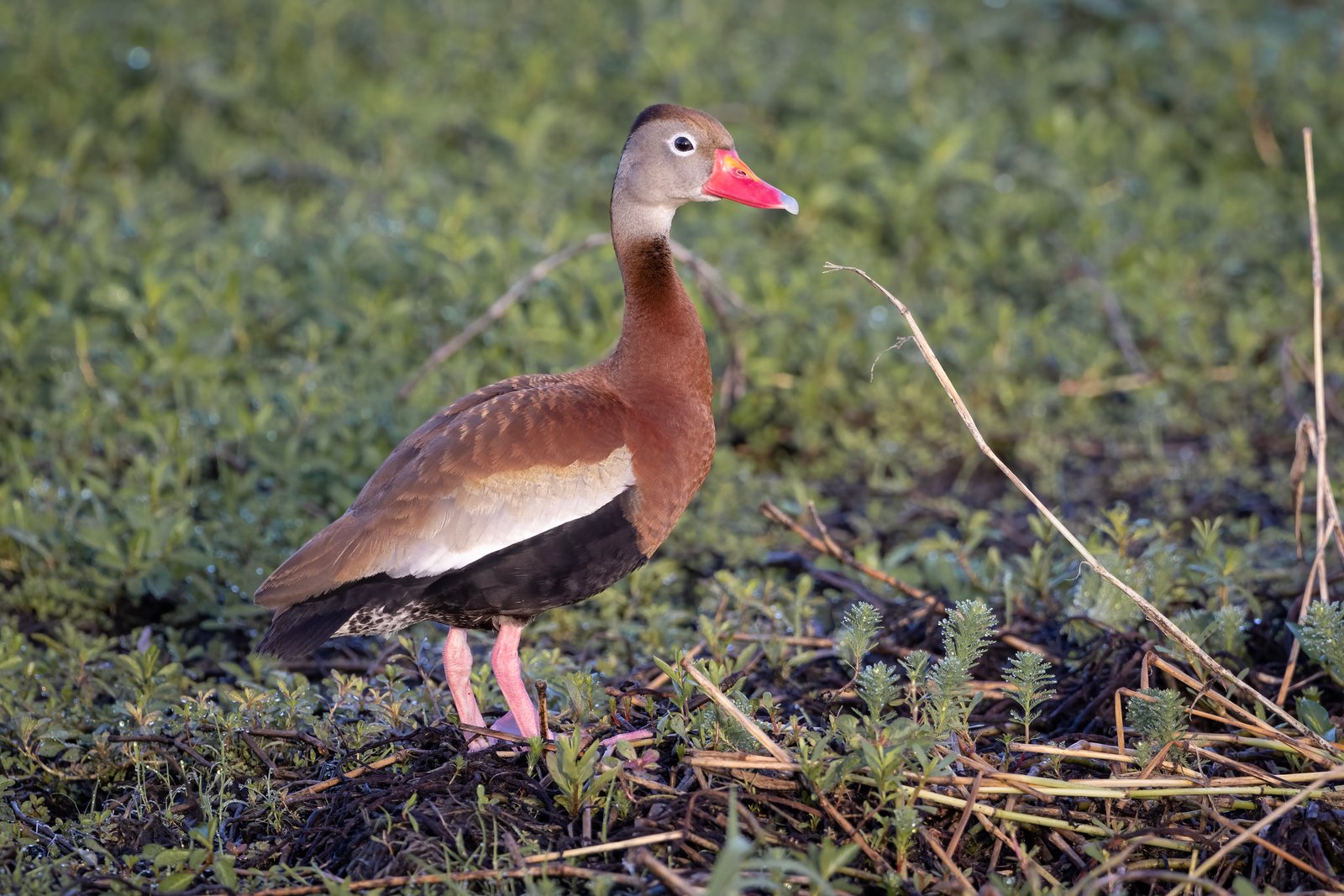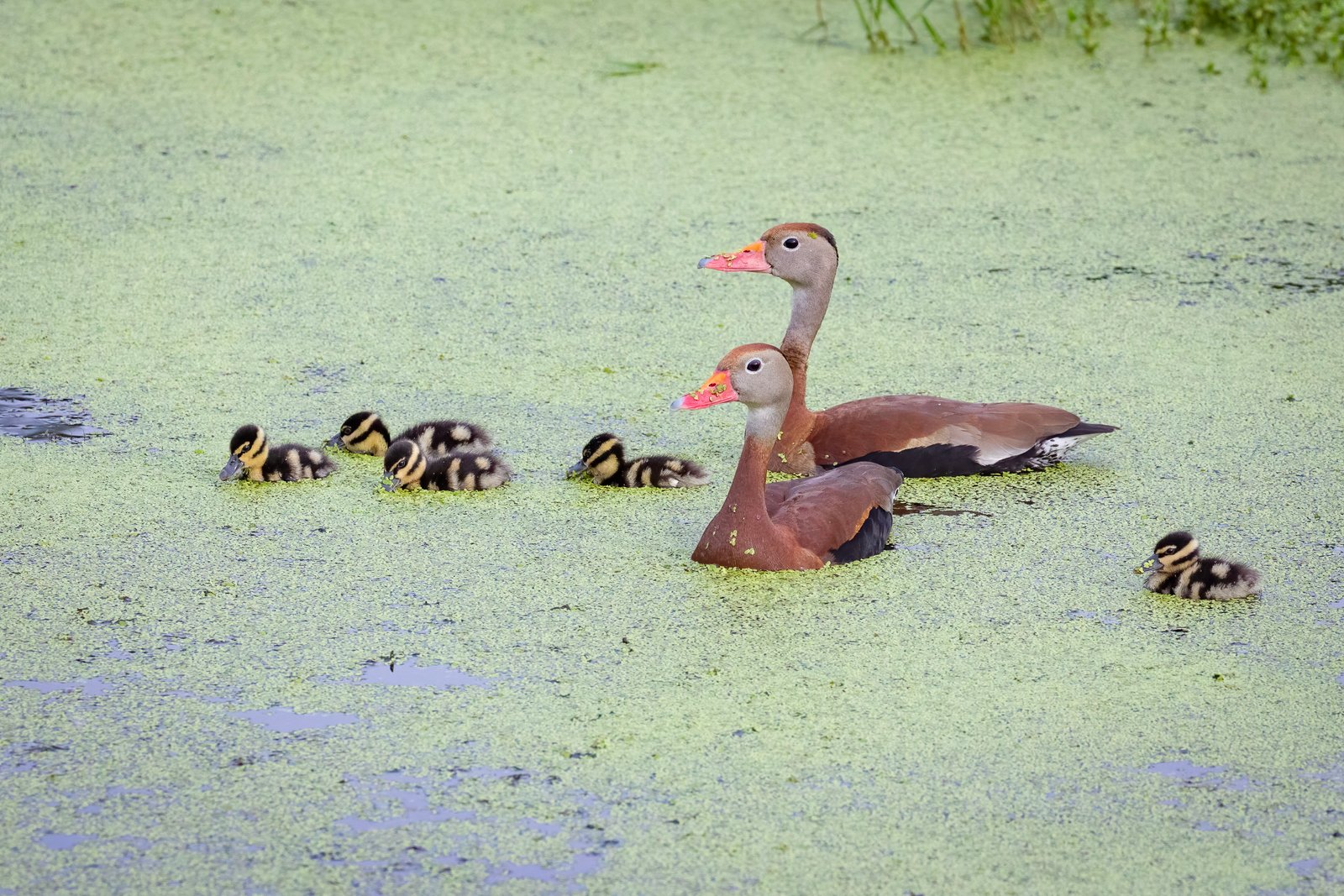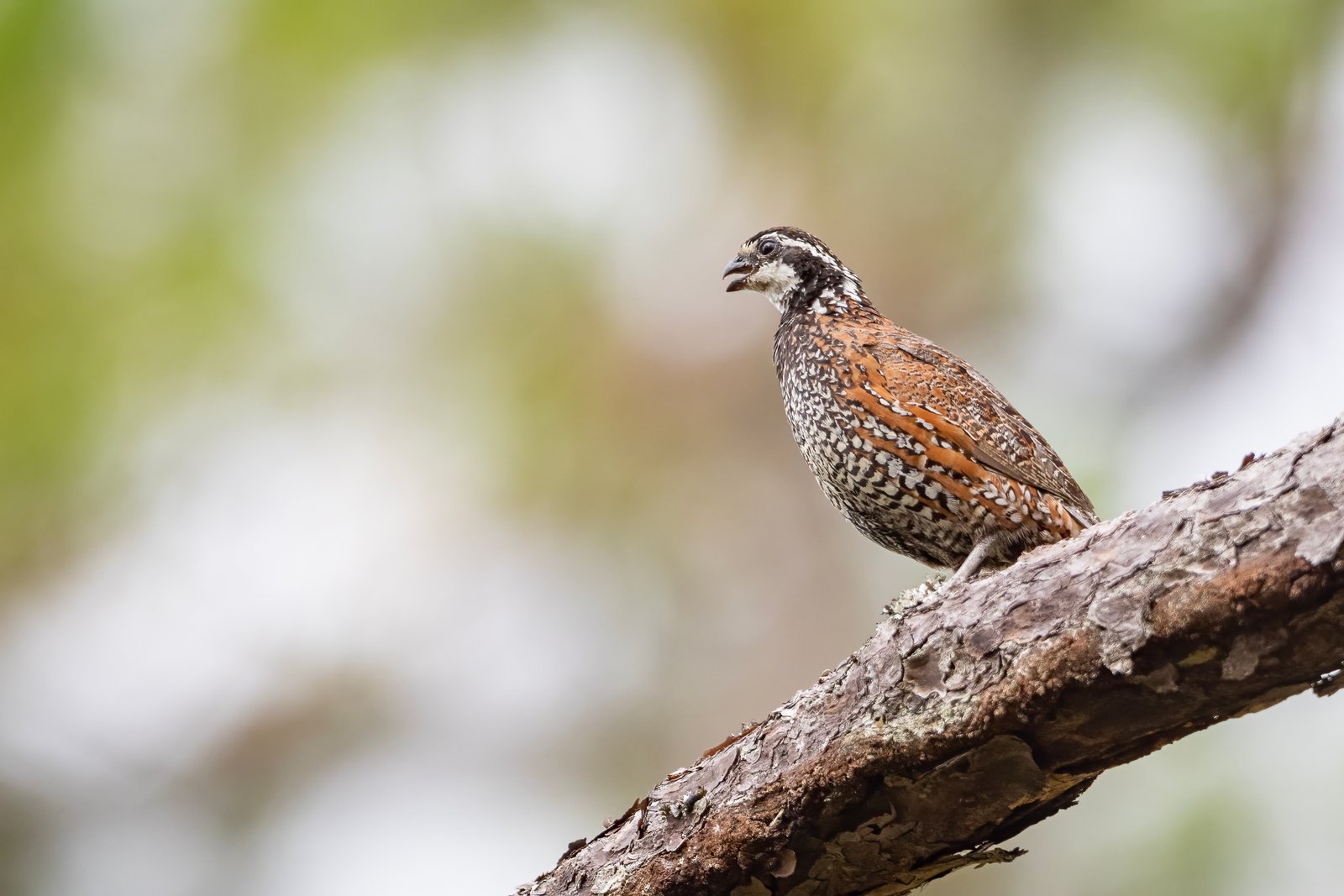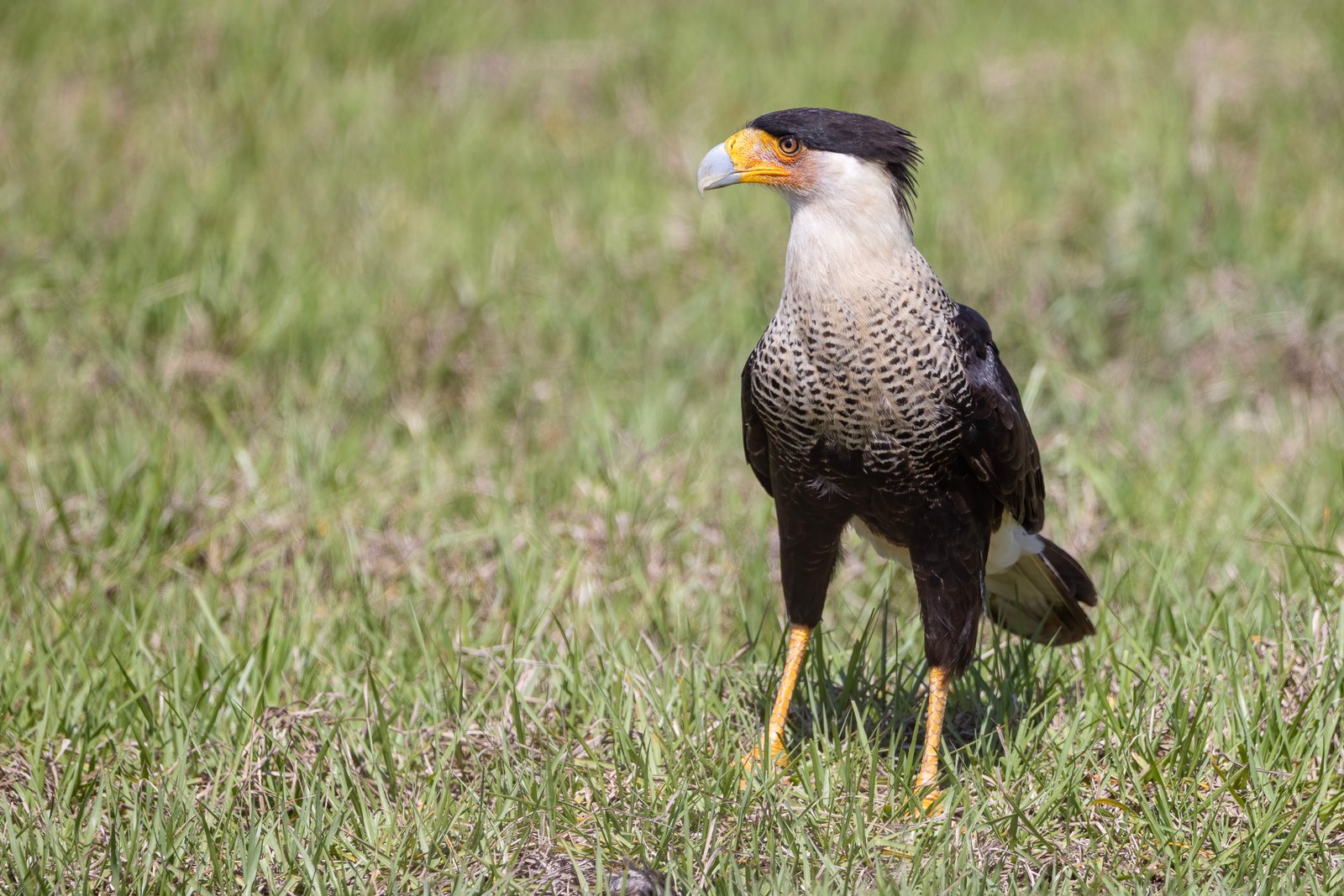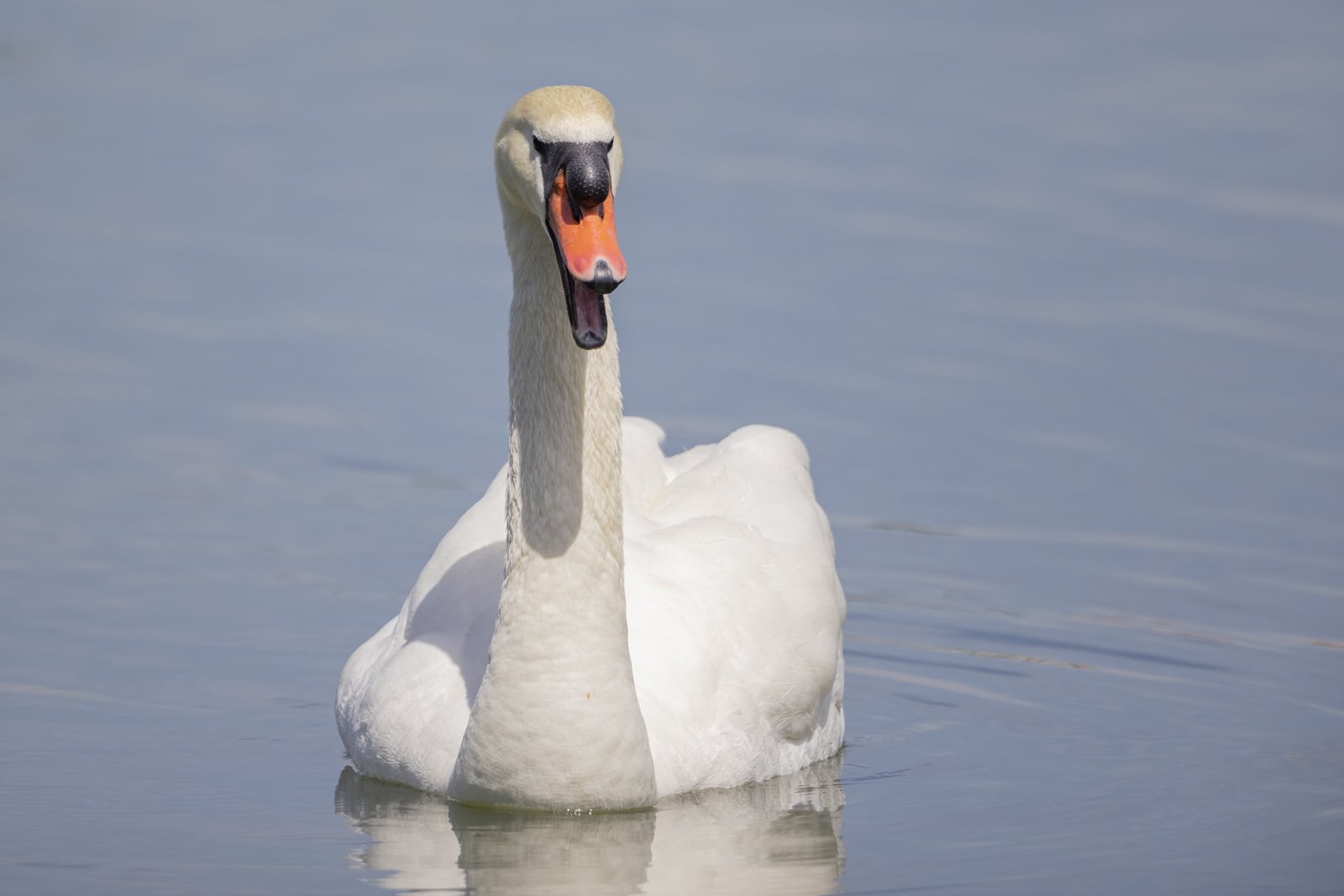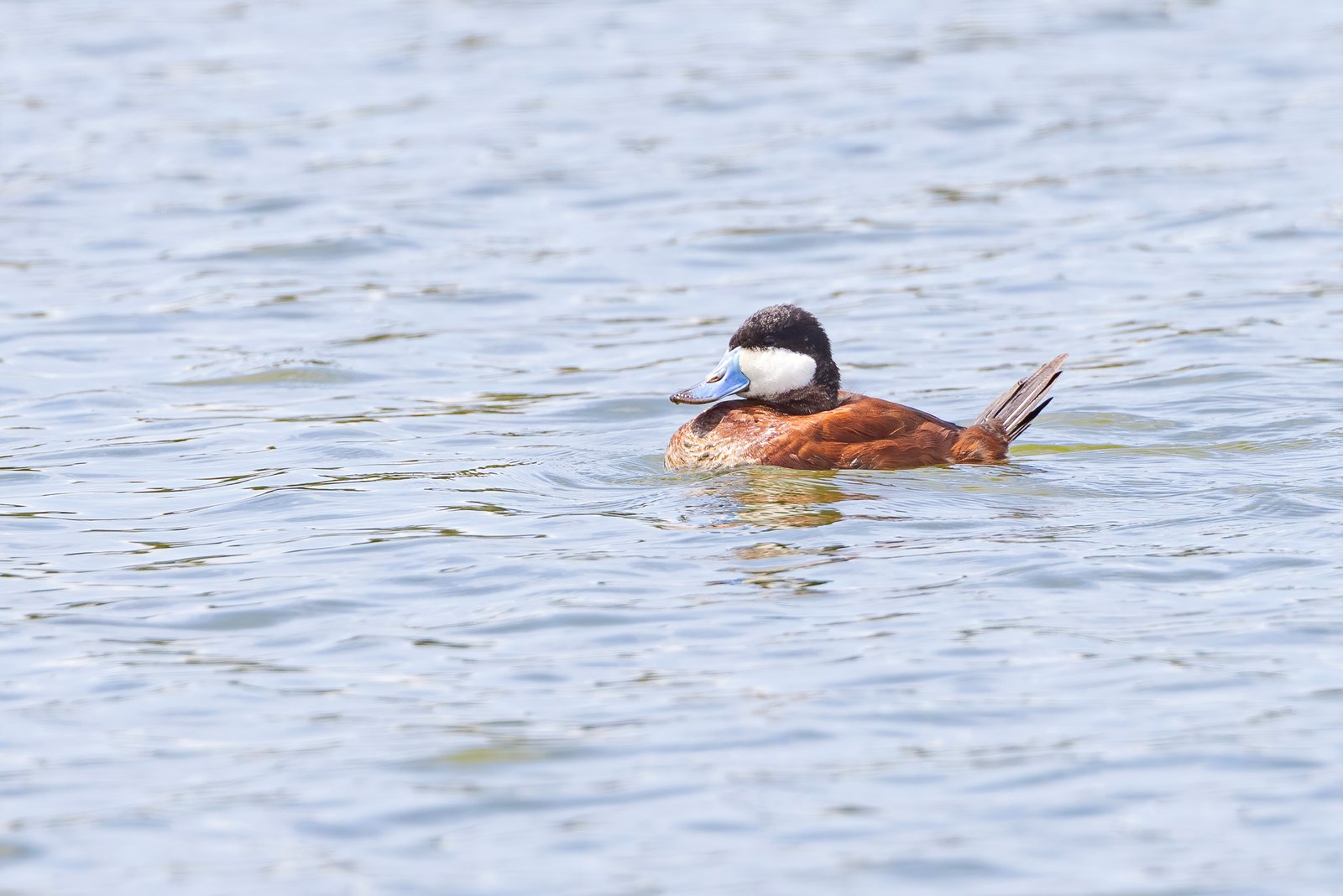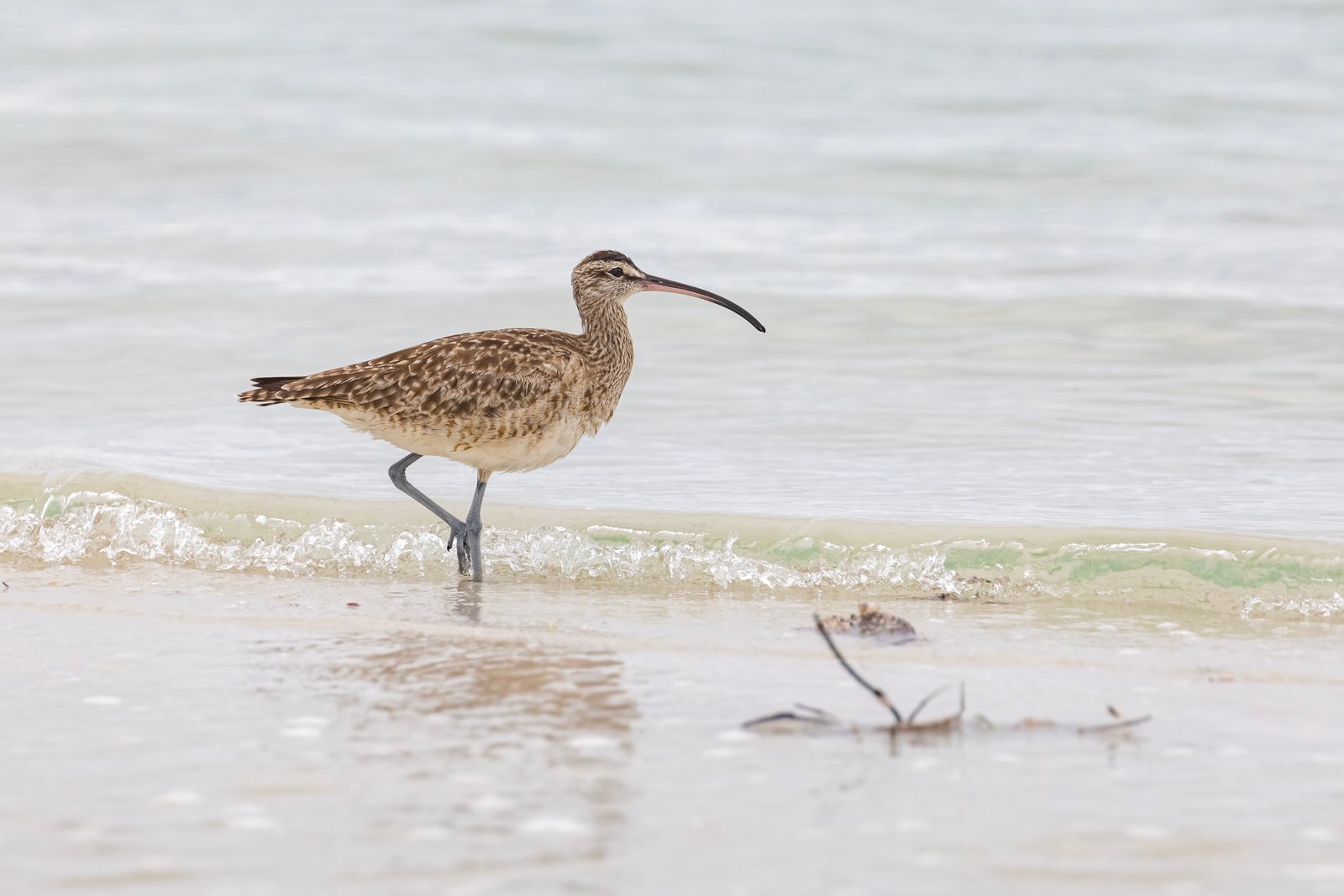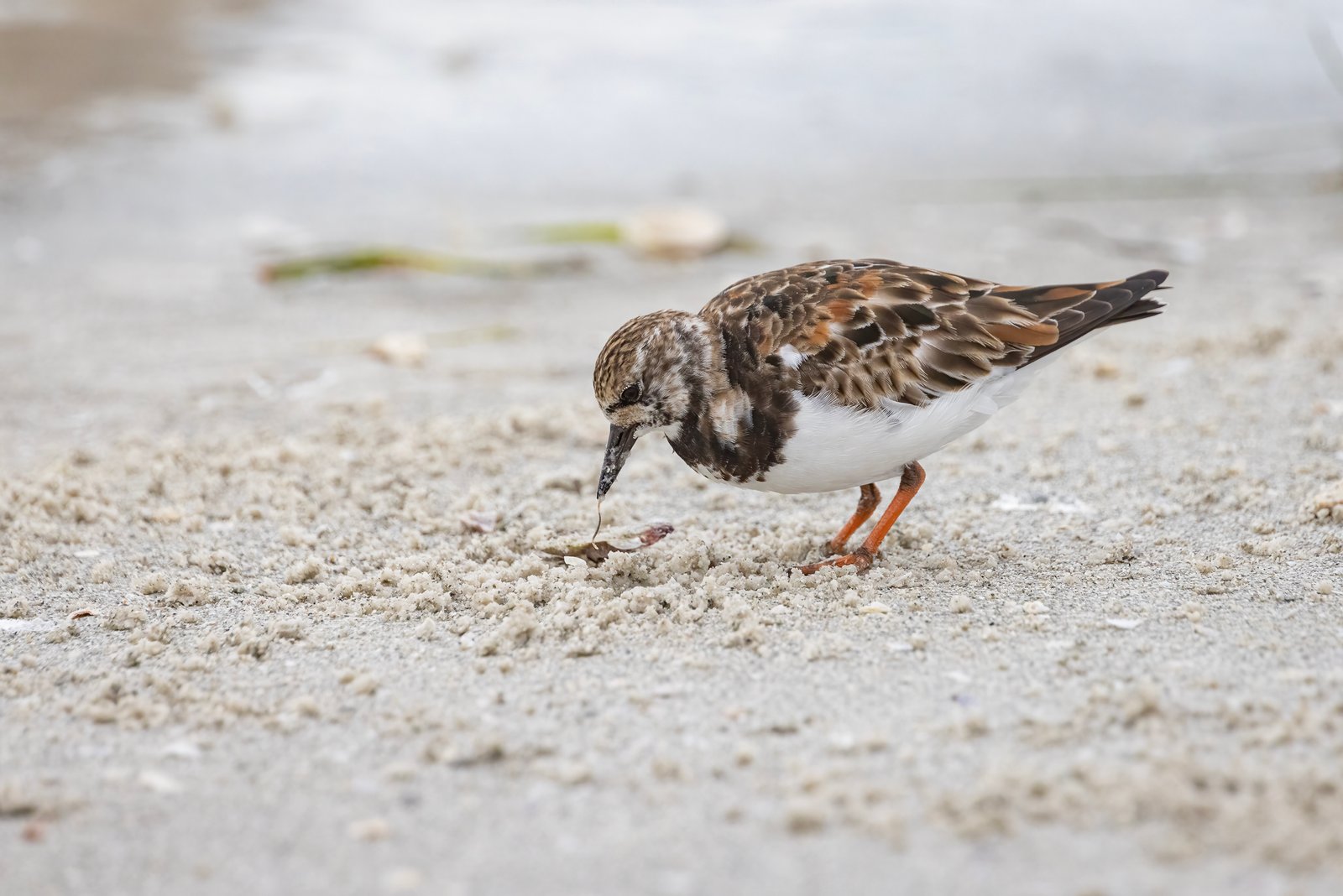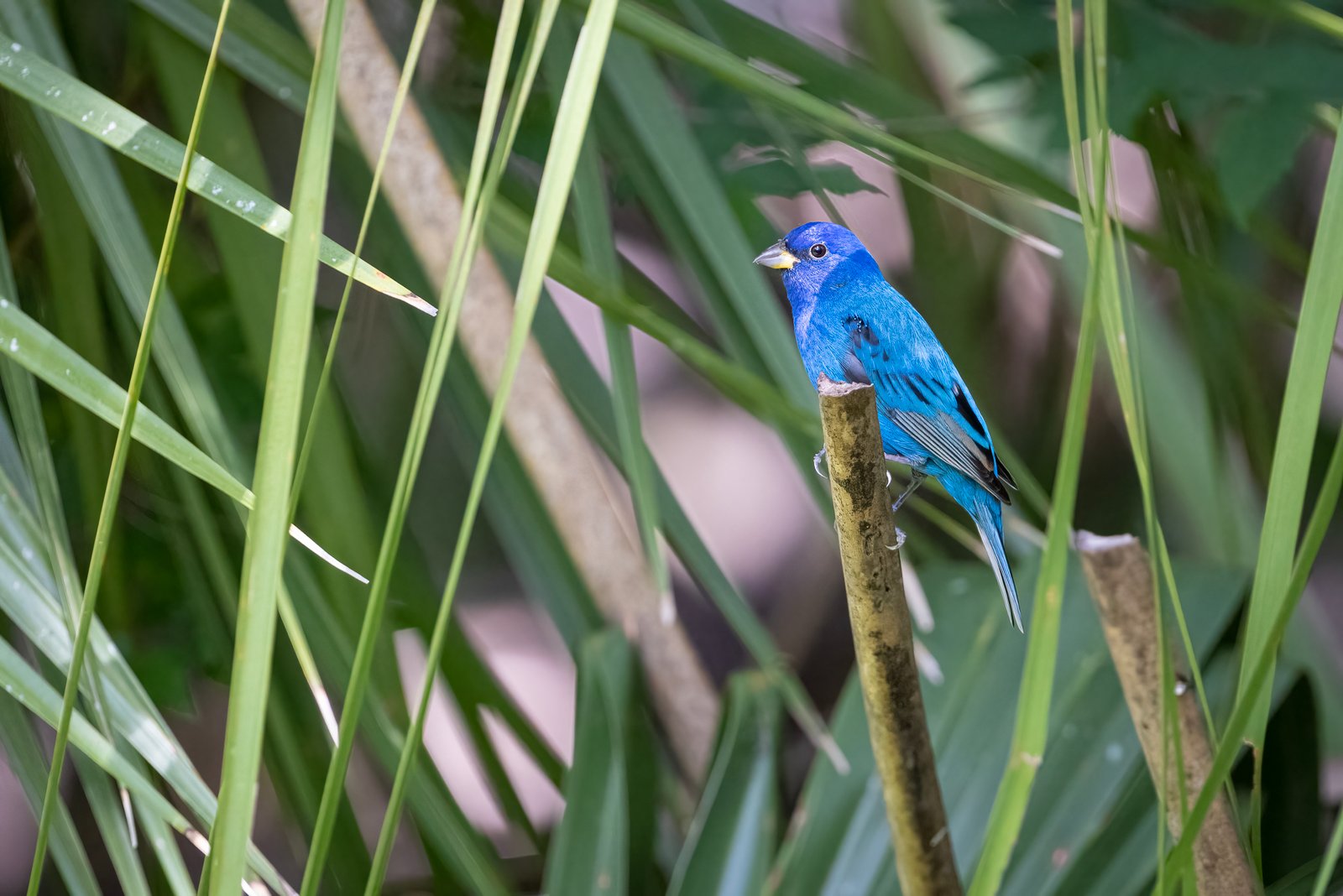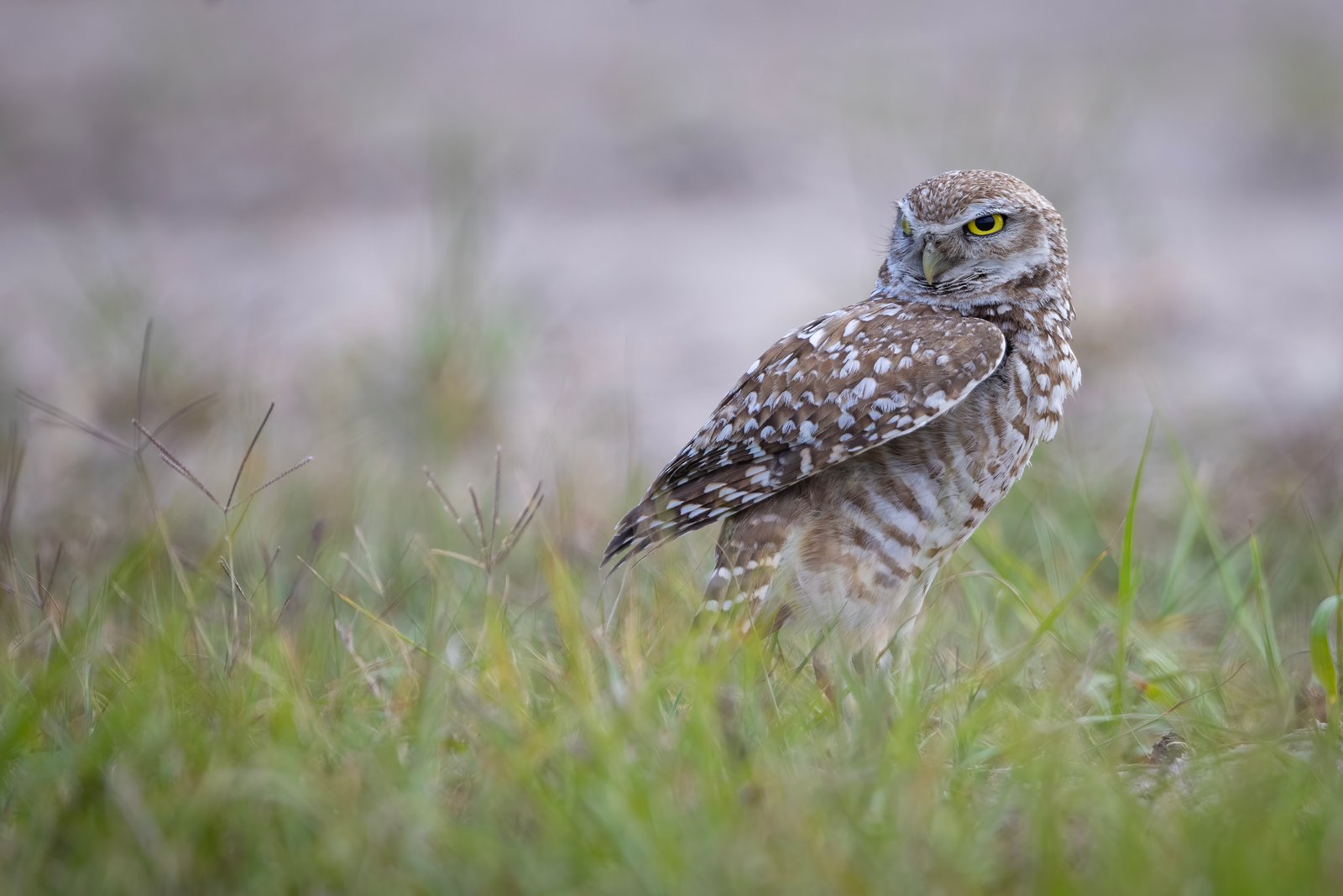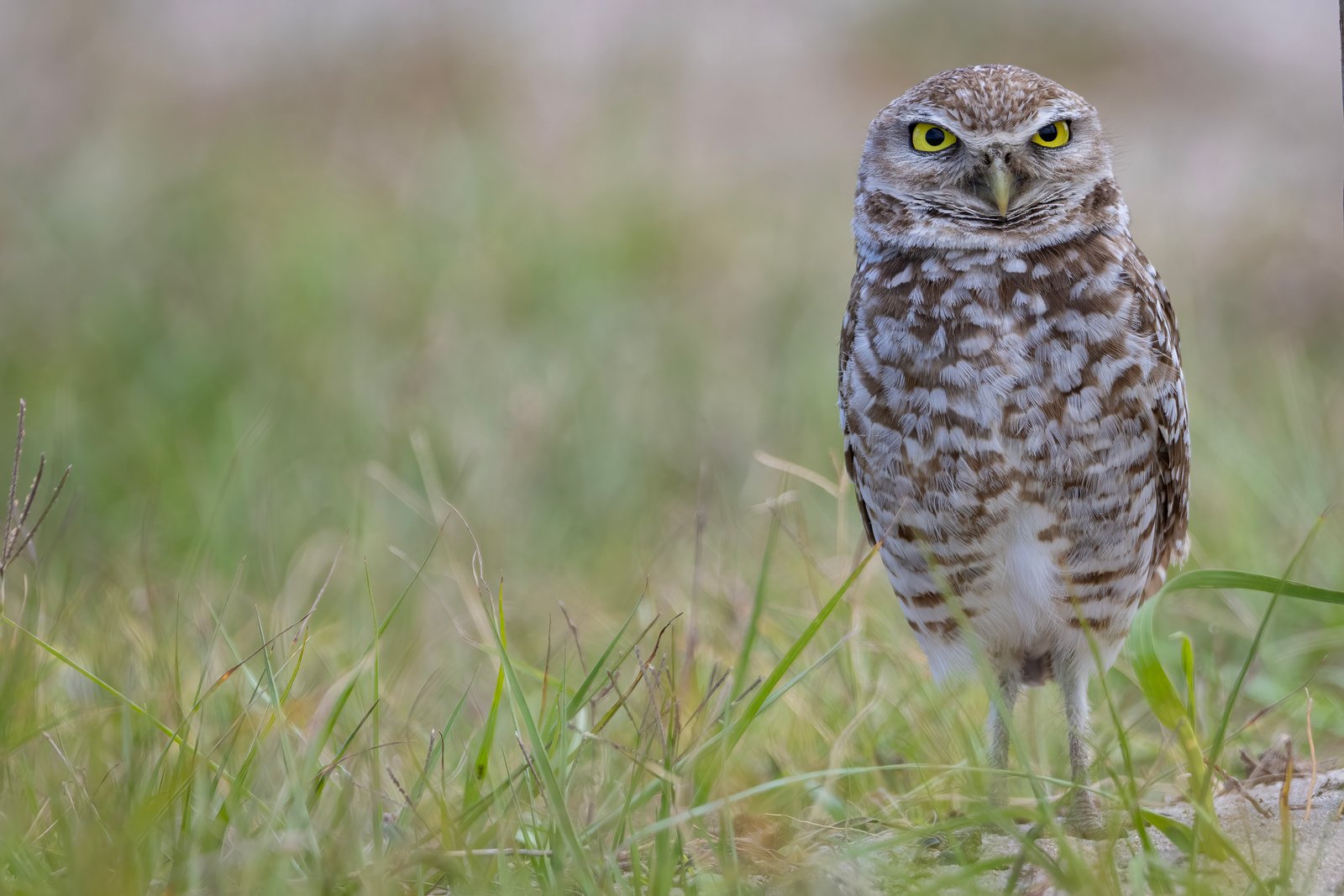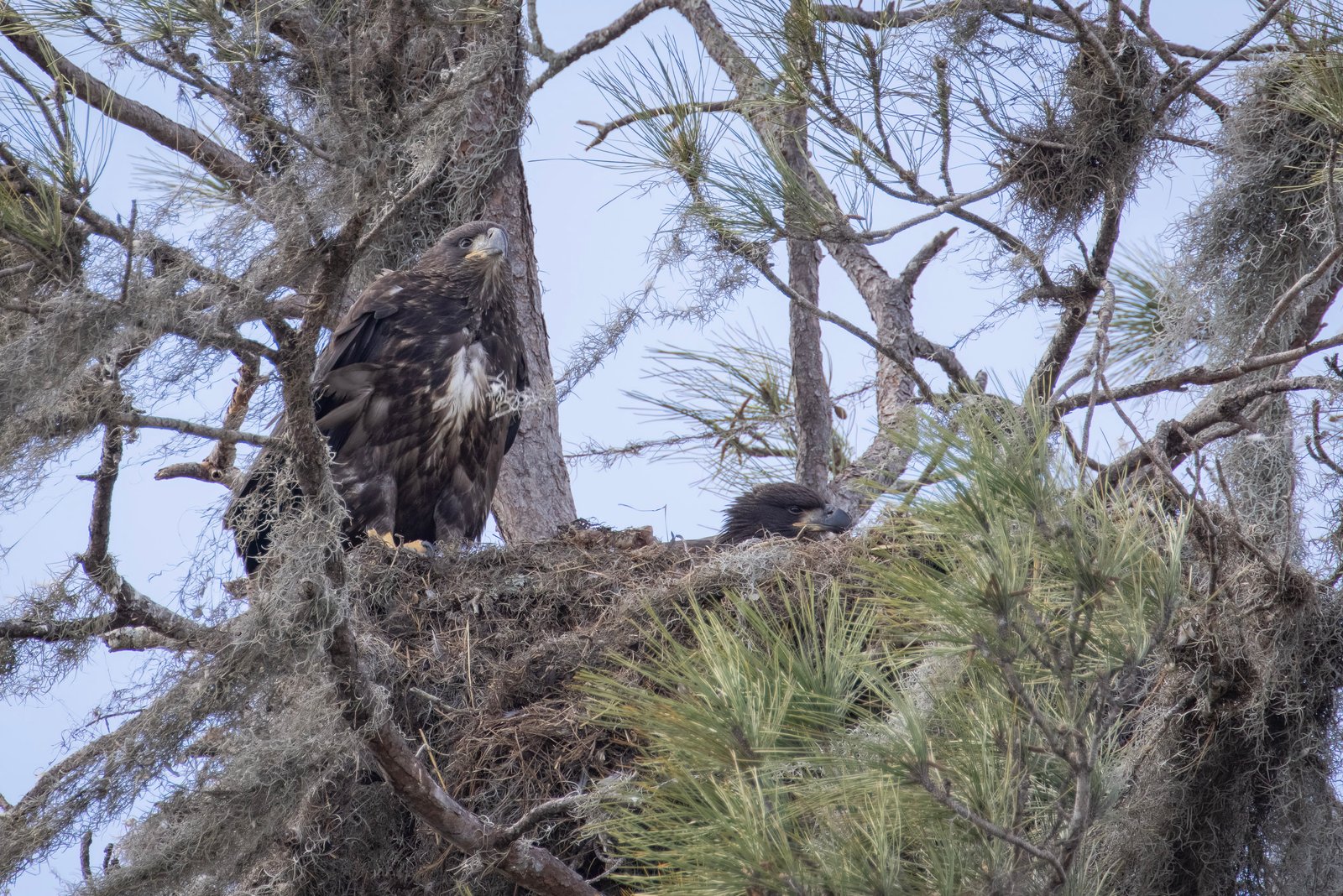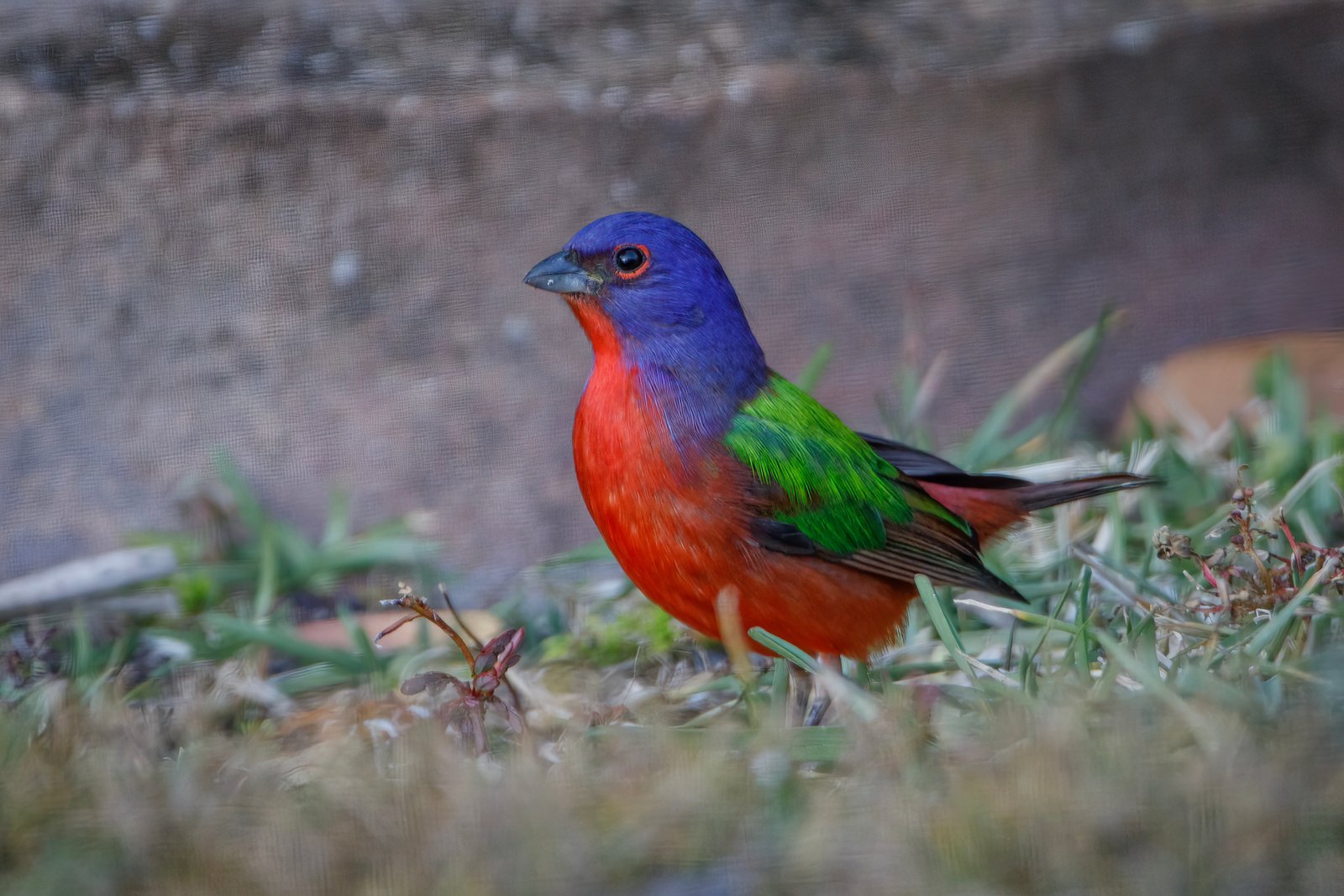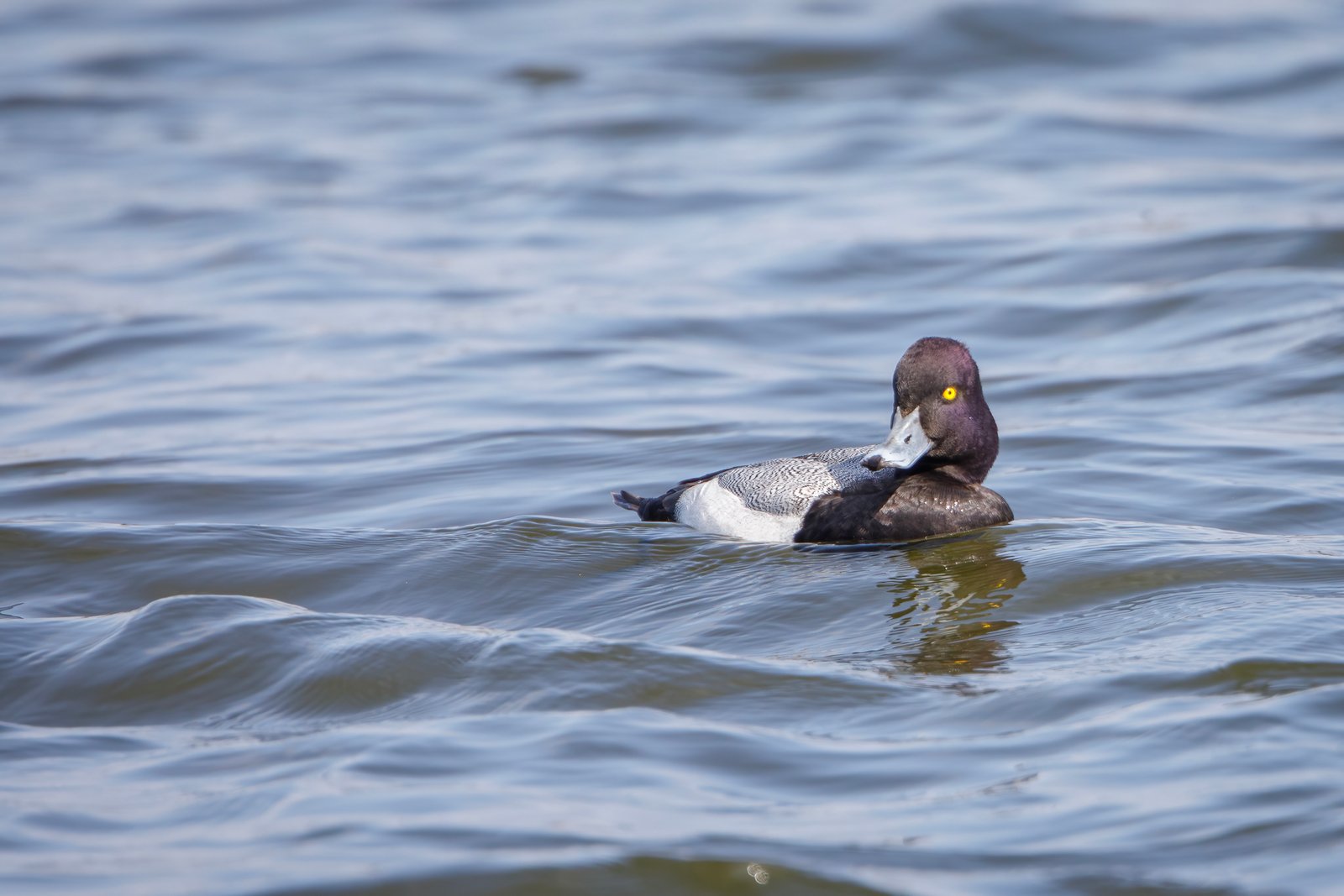One of the ecological issues in Florida that often goes underreported is the impact of non-native, invasive species on native wildlife populations. The one species that gets most of the airtime is the Burmese Python which has had a huge effect on the Everglades. But there are countless other animals that have been introduced to Florida due to the pet industry. Many species of birds, snakes and lizards have escaped captivity or simply been turned loose over the years and established their own permanent and growing populations.
There are many types of parrots and parakeets that continue to thrive in this tropical climate. One of my favorites to photograph is the Nanday Parakeet but they can become a real nuisance because they tend to roost in large numbers, and they are extremely noisy.
Another species that has recently been spotted in this area is the Common Myna. My friend Art Nadelman took me to see a pair that seem to have made Pinellas Park, FL their new home. They are pretty birds, but their reputation isn’t good.
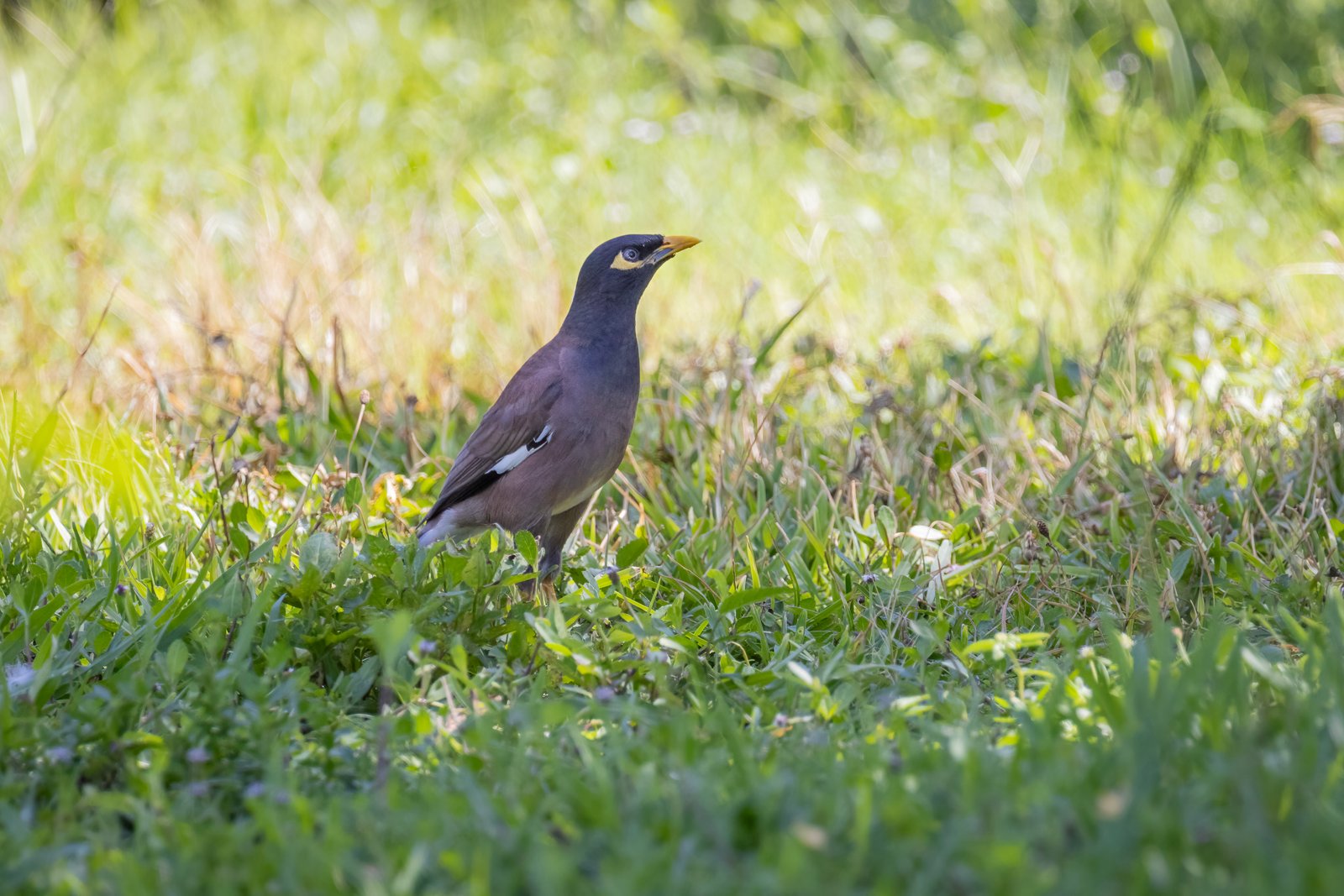
Mynas are native to southern Asia, but many have been sold as pets over the years. They are a member of the starling family so they’re clever and resourceful. Some figure out how to escape from their cages and then, if the climate is accommodating, they adapt to their new surroundings and begin to take over. It will be interesting to see how these birds change the environment in the Tampa area in the future.
For a larger selection of photos, go to the galleries listed.


